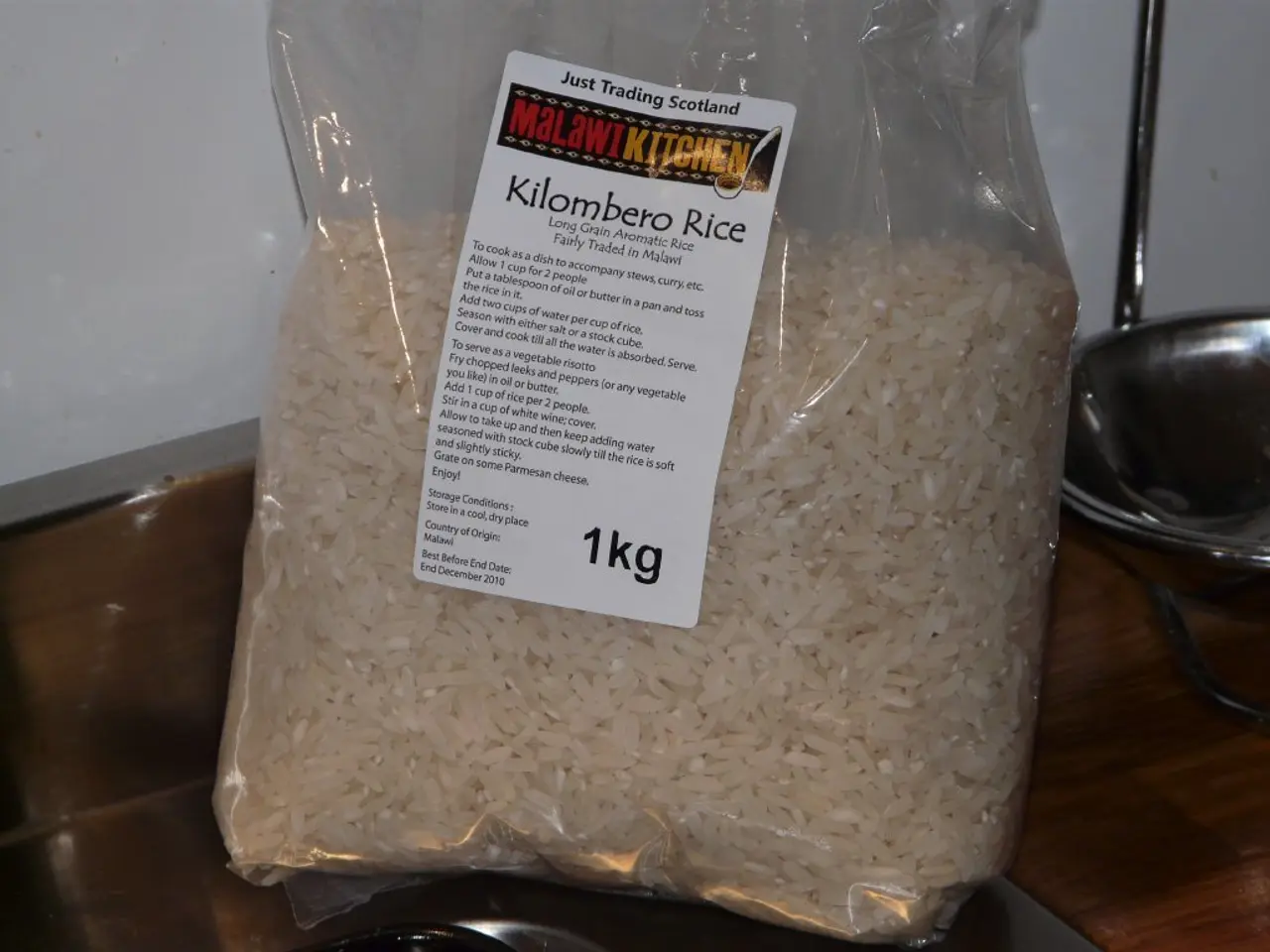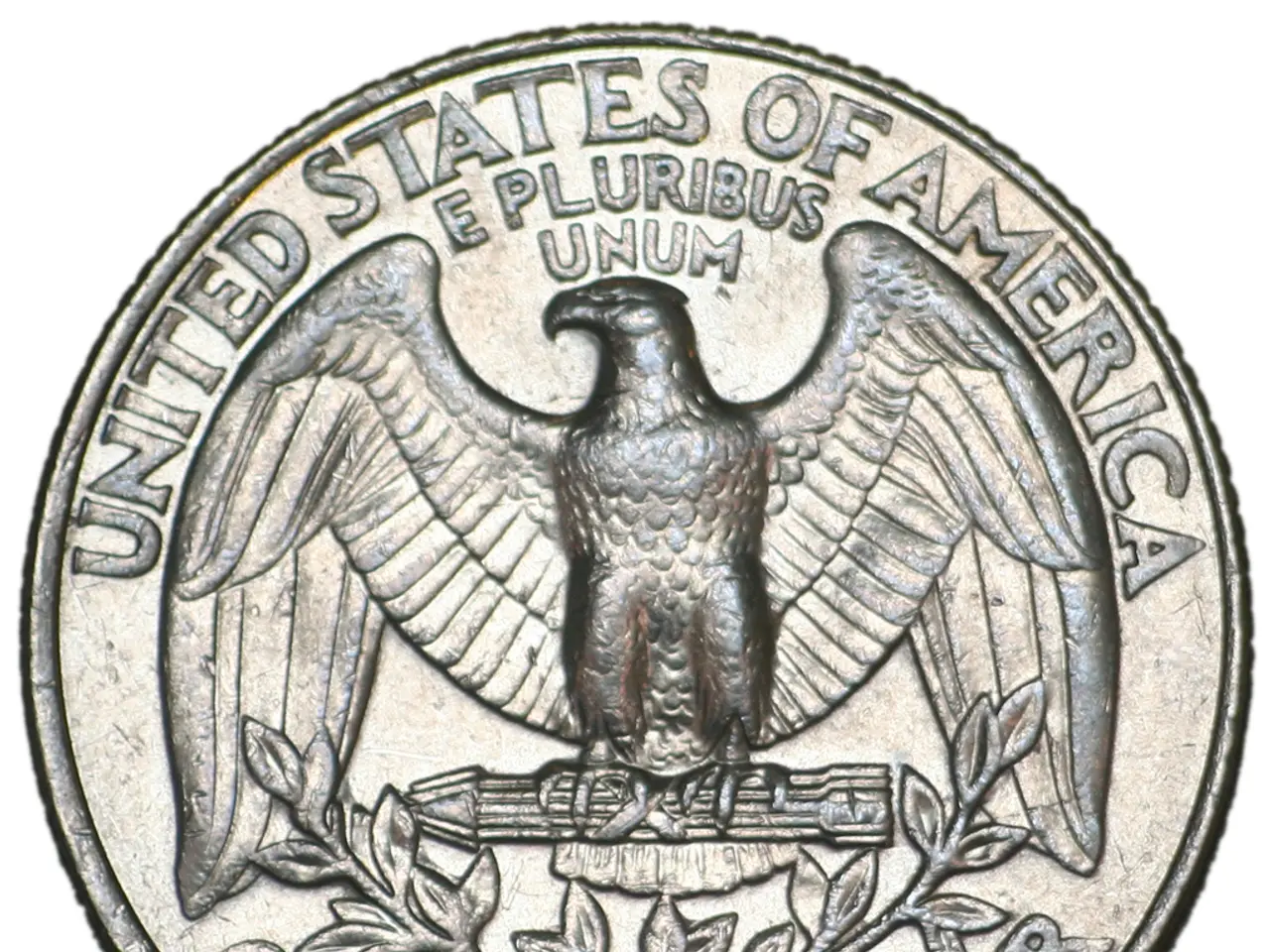Trump unveils substantial Japan trade agreement
In a significant development, the United States and Japan have agreed on a comprehensive trade deal, announced in July 2025. The deal, brokered by President Donald Trump and Japanese Prime Minister Ishiba, aims to boost U.S. rice exports to Japan by 75%, marking the first significant expansion of the U.S. rice market in Japan since the 1990s.
Key details of the rice trade aspect include: - Japan will immediately increase duty-free imports of U.S. rice within a tariff-free quota system that it maintains at 770,000 tons. While Japan keeps this quota stable, the portion allocated to U.S. rice will rise substantially. - The expanded quota is part of a broader agricultural commitment where Japan agreed to purchase $8 billion in U.S. agricultural goods including corn, soybeans, fertilizer, and bioethanol, along with rice. - This deal addresses longstanding trade barriers, including non-tariff barriers, by allowing greater U.S. rice market penetration in Japan, which has historically had restricted access due to Japan’s domestic agricultural protections and tariff regimes.
While the deal opens large new opportunities for U.S. rice exporters, it creates increased competition for Japan’s rice farmers who benefit from a highly protected domestic market. The Japanese government has found a balance by retaining its overall quota limit for tariff-free rice imports but adjusting the distribution to allow more American rice, thus maintaining some protection for domestic producers while meeting trade obligations.
This incremental approach suggests a cautious liberalization that seeks to prevent disruption in Japan's rural agricultural communities while responding to U.S. demands and broader trade negotiations.
The deal is expected to serve as a precedent for further trade negotiations involving Japan and other countries. Meanwhile, negotiations are still ongoing with much larger US trading partners such as China, Canada, Mexico, and the European Union.
Sources: [1] Reuters [2] Bloomberg [3] Wall Street Journal [4] USDA Foreign Agricultural Service Japan Market Report [5] Nikkei Asia [6] Financial Times [7] CNBC [8] Bloomberg Government [9] Japan Times [10] Politico [11] The Hill [12] CNN [13] BBC News [14] NHK World [15] The Guardian
- The comprehensive trade deal between the United States and Japan, announced in July 2025, extends beyond rice, also involving a commitment by Japan to purchase $8 billion in U.S. agricultural goods, including corn, soybeans, fertilizer, bioethanol, and rice.
- In the new trade deal, the United States and Japan have agreed on a substantial expansion of U.S. rice market penetration in Japan, with Japan increasing duty-free imports of U.S. rice within a tariff-free quota system.
- The United States and Japan's trade deal addresses longstanding trade barriers, such as non-tariff barriers, in the rice trade, which Japan historically has maintained due to its domestic agricultural protections and tariff regimes.
- The incremental approach taken by Japan in this trade deal, balancing increased U.S. rice imports with some protection for its domestic producers, may serve as a precedent for future trade negotiations involving Japan and other countries like Canada, Mexico, the European Union, China, and others.
- Aside from the detailed rice trade deal aspects, broader international discussions surrounding policy-and-legislation, politics, finance, and general news continue to evolve in relation to the United States' trade relations, with ongoing negotiations with significant partners such as China, Canada, and the European Union.




